Degenerative Disc Disease Military Discharge
Degenerative disc disease military discharge. It must be stressed that the loss is not in dollars but in the experience gained from each deployment. Armed Forces 2001-2011 d egenerative disc disease DDD is a common disorder that is char-acterized by a progressive degen-eration of the intervertebral discs rendering them deformed and mechanically dysfunc-tional. Losing a soldier due to medical discharge as well the acquiring and training a.
Normal downward forces cause the affected disc. Parachuting be it static line or skydiving places enormous stresses on the human spine. Degenerative disc disease lumbar spine with L5-S1 annular tear Given the evidence of record as it pertains to the November 2007 claim for increased rating the Board finds that a disability rating greater than 10 percent is not warranted for the Veterans degenerative disc disease lumbar spine with L5-S1 annular tear under the scheduler criteria.
Degenerative disc disease may also qualify as a secondary service-connected disability or one that developed as a result of a service-connected injury. This sudden release of the jelly portion of the disc is called a ruptured or herniated disc because the fragments can cause fairly rapid onset of pain tingling numbness or weakness. It is the most common type of scoliosis in adults and usually happens in the lumbar lower spine.
Degenerative Disc Disease Active Component US. To receive VA disability benefits for degenerative disc disease you must be able to prove that it is a service-connected condition or one that was aggravated by your time in the military. Paraplegia and quadriplegia due to a spinal cord injury or disorder are rated in terms of the loss of function and their effect on the veterans ability to earn a living wage.
This study reviews results of TDA performed on active duty military members. Resultant loss of structural and functional integrity of the spine can lead. Some comments on the Veteran with the degenerative disc disease DDD.
DDD and DJD degenerative joint disease are 2 separate processes. The bad news is spinal injuries often receive lower disability ratings even though they are debilitating. Military over a 10-year period.
Of the ex-military parachutists x-rayed 847 had lumbar disc degeneration of all grades of severity 174 had moderate changes and 108 had severe changes. Back injuries are common after service in the military.
Armed Forces 2001-2011 d egenerative disc disease DDD is a common disorder that is char-acterized by a progressive degen-eration of the intervertebral discs rendering them deformed and mechanically dysfunc-tional.
Lumbar de generative disc disease DDD is a progressive con- dition that exists along a continuum of pathologic processes. Degenerative disc disease may also qualify as a secondary service-connected disability or one that developed as a result of a service-connected injury. Back injuries are common after service in the military. The average special forces soldier remains in the military for approximately 7 years. Resultant loss of structural and functional integrity of the spine can lead. Thoracic scoliosis Though more rare than Lumbar Scoliosis Thoracic scoliosis is a curvature of the spine within the mid-back or thoracic region rib care area. If the Veteran received a 20 percent evaluation that means his range of motion with or without pain fell into the 20 percent range. Degenerative disc disease is a medical condition in which there are anatomic changes and a loss of function of varying degrees of one or more intervertebral discs of the spine of sufficient magnitude as to cause symptoms. The root cause is thought to be loss of soluble proteins within the fluid contained in the disc with resultant reduction of the oncotic pressure which in turn causes loss of fluid volume.
Resultant loss of structural and functional integrity of the spine can lead. All patients had a minimum of 2-year follow-up. It is therefore important to determine the prevalence and severity of degenerative changes in the lumbar spine of. Degenerative disease in lumbar spine of military parachuting instructors. How Degenerative Disc Disease is Rated for Military Disability Benefits. Military over a 10-year period. Lumbar de generative disc disease DDD is a progressive con- dition that exists along a continuum of pathologic processes.



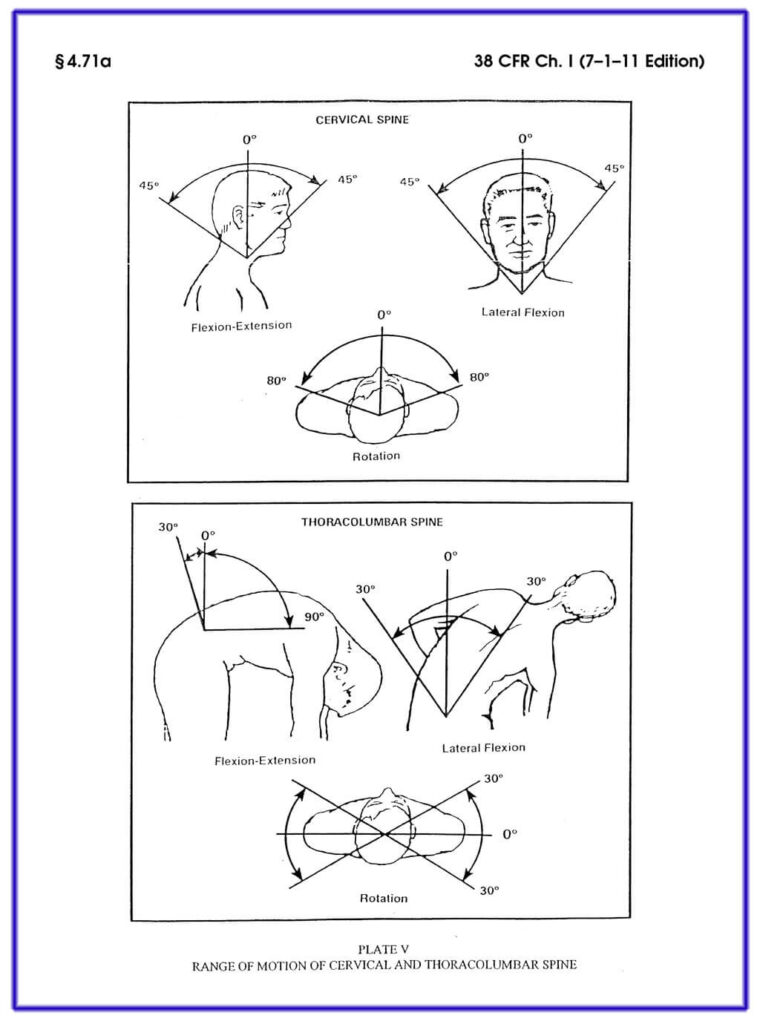




























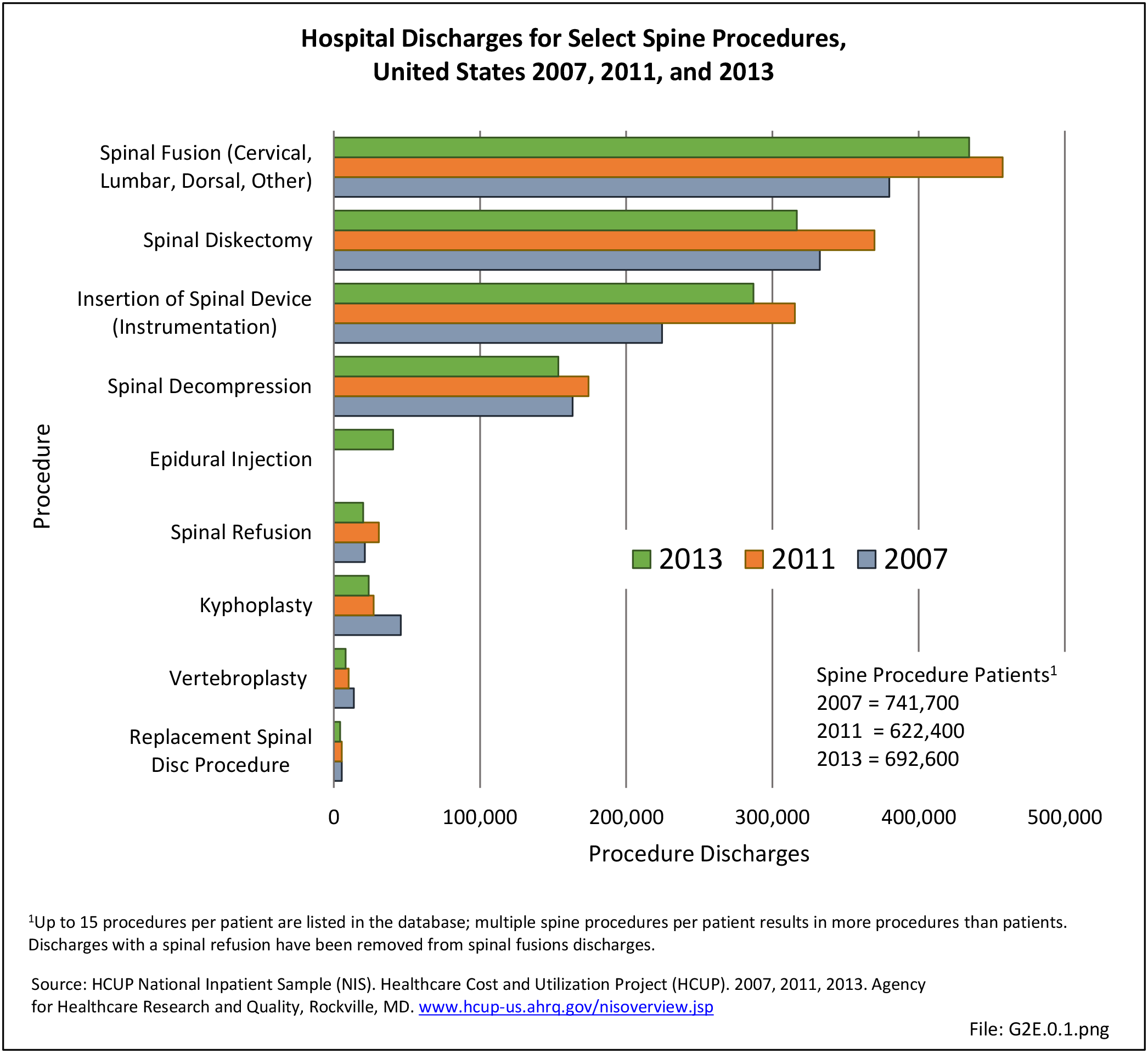




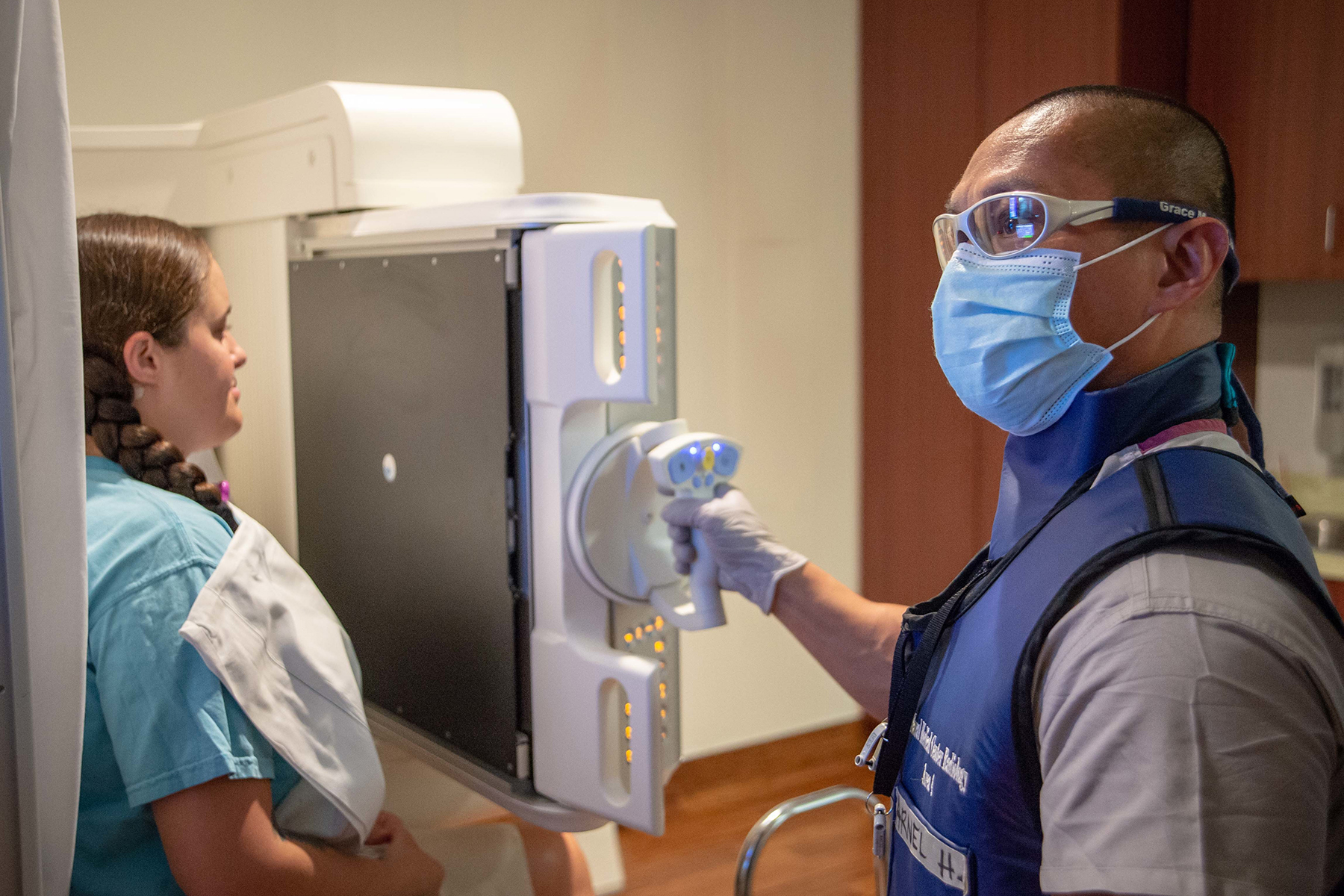


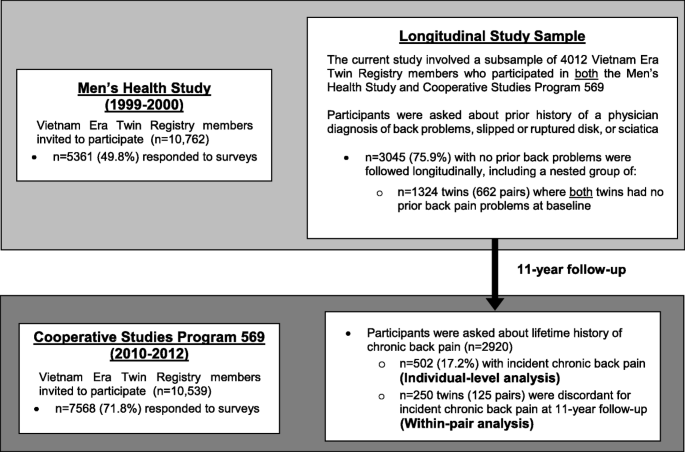
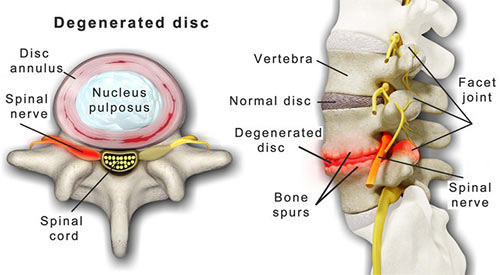

Post a Comment for "Degenerative Disc Disease Military Discharge"